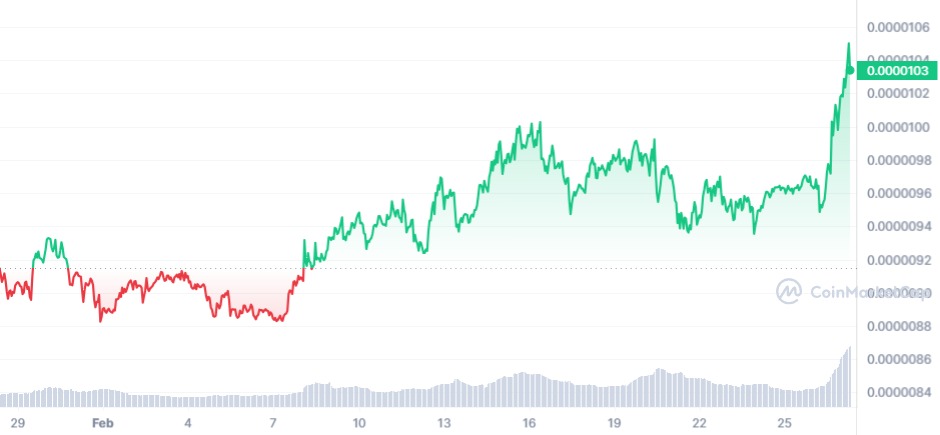- Shiba Inu attracts investment with its increased burn rate; ETF speculation drives expectations and potential token appreciation.
- Shiba Inu community drives token economy through innovative projects, increasing its presence in the crypto market.
If we talk about Shiba Inu, we are facing a topic that captures the attention of many in the crypto world. This memecoin has been at the center of conversations today as its burn rate has risen.And what do you think? Its value has also climbed, brushing $0.00001. Coincidence? Hardly.
The Relationship Between Burn Rate and Value
The community behind Shiba Inu is far from sitting idly by. With actions to strengthen the SHIB economy, they seem to be marking a before and after. We’re not talking about minor changes; the rumor of a SHIB ETF is adding to expectations.

Also, according to Coinglass, new capital entering the market is betting on Shiba Inu. Is this the time for SHIB? The latest trends in the derivatives market point to yes.
Details on the SHIB Burn
Shibburn, which monitors the Shiba Inu burn, reports a 59.89% increase in this rate today. This translates to 5.10 million SHIB culled in the last 24 hours. With a current circulating supply of 581.45 trillion SHIB, the strategy is clear: decrease supply to increase value.
With each coin burned, Shiba Inu appears to be outlining its path to appreciation. The community, with projects such as SHEboshi and the collaboration with K9 Finance, is setting the course for what is to come.
The possible launch of a SHIB ETF, together with Grayscale, is another strategy that could mark a before and after for this memecoin. Everyone is wondering: what is the limit for Shiba Inu?
Current analysis of Shiba Inu ($SHIB) indicates a positive trend in its price. Recently, $SHIB has experienced a 2.98% increase in value, trading at 0.00001037 USD.

Over the week, the price is up 4.75%, and over the last month, it has recorded an impressive 13.71% increase. Over the last six months, the price of Shiba Inu has grown by 27.08%, although in the last year it has seen a decrease of 19.24%.



